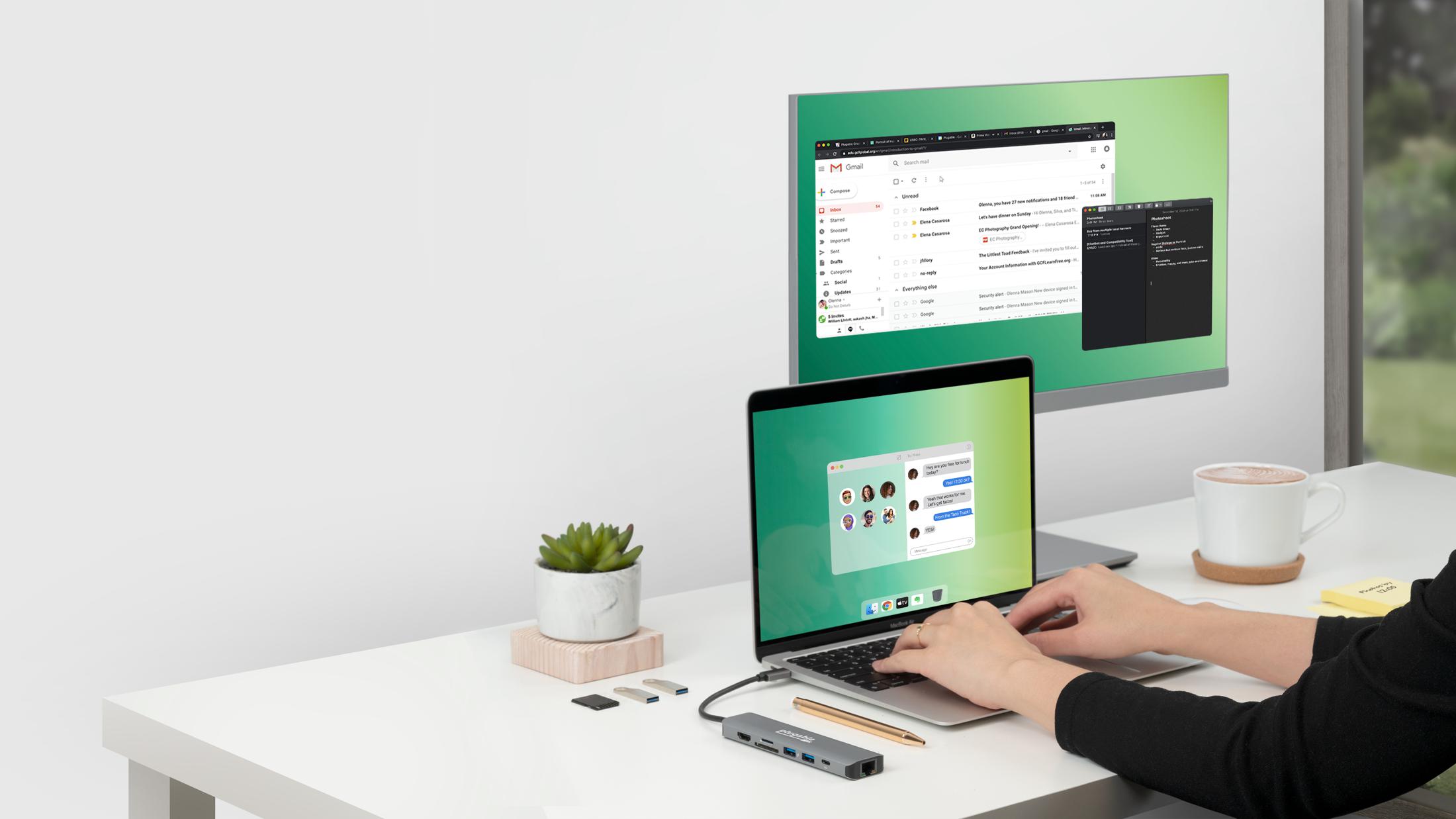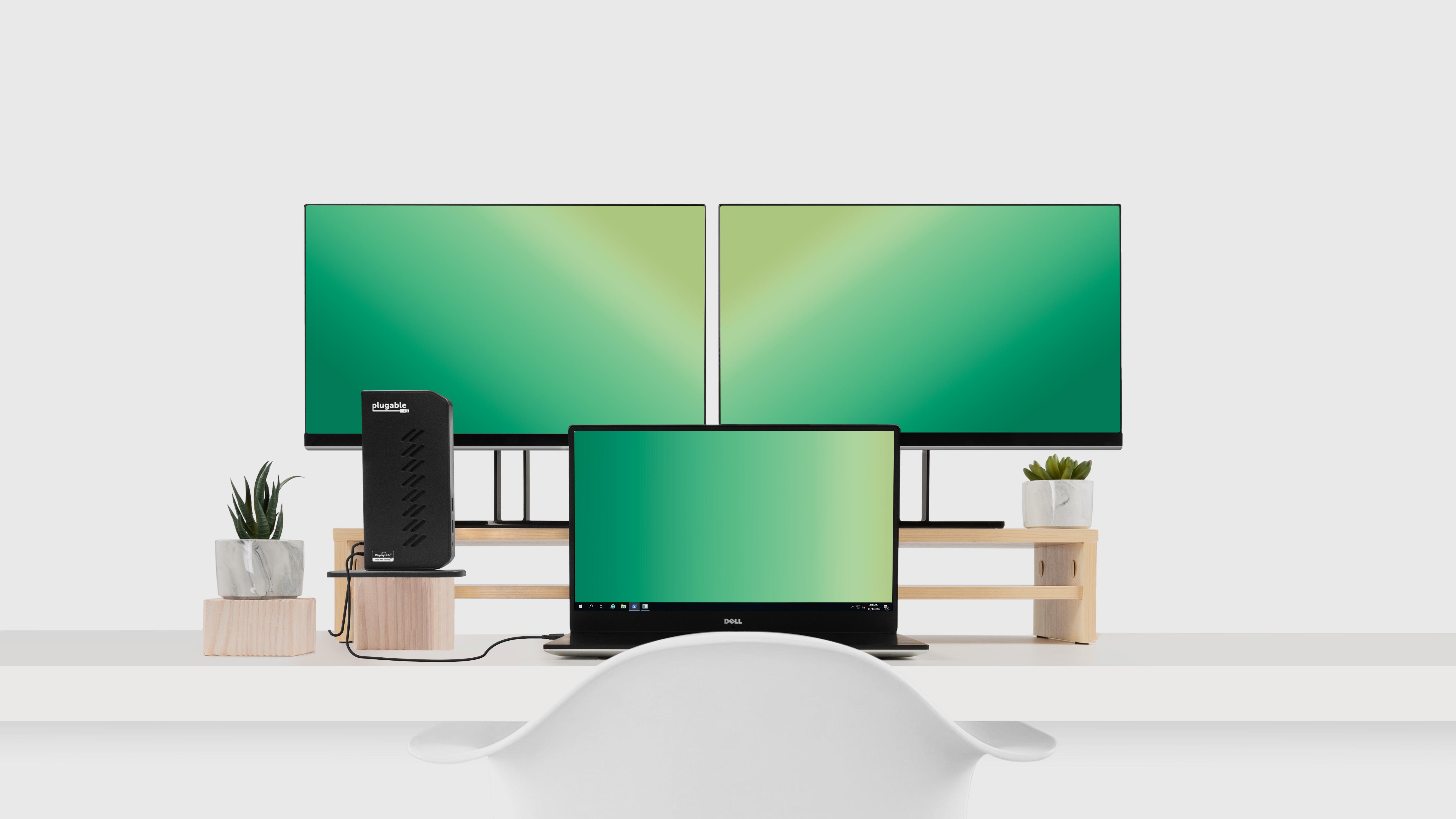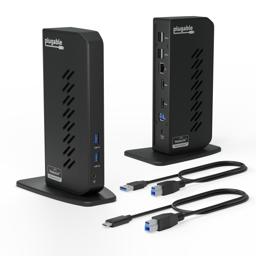That office you abruptly left last year, it probably isn’t going to look the same when you go back. Several companies are moving to hybrid models that blend remote work with office work, reducing office space, and ditching assigned seating.
In this, the first of our Back to Work series, we’ll explore the trends shaping our return to the office in a post-pandemic world, and what you need to know before implementing them in your facility. In the next installment, we’ll walk you through setting up shared workspaces and take a look at the hardware that brings it all together.
What is Hot Desking
Hot Desking, it’s one of those buzzwords they used to throw around as the next big thing. And while it certainly found success in some offices, it was met with strife and contempt in others. So, what is hot desking and why should I care?
The ‘what’ is easy enough. Hot desking is the idea of an open office with unassigned seating. The idea is to set up a pool of desks, ideally all identical with a monitor, keyboard, mouse, and docking station. Get to the office, find a desk, plug in your laptop, and get to work. Simple in principle, but peppered with potential pitfalls when put into practice. And when it comes to work in the time of COVID, perhaps no pitfall is more prominent than the prospect of sharing a desk with the last occupant’s germs.
We’ll get to the why you should care in a minute, but first–
What is Hoteling
Despite the feeling of freedom some might expect from being unbound by a permanent desk address, most people find the idea of hunting for a workstation every morning to be somewhat daunting. Hoteling solves that, typically with software, by allowing employees to reserve a desk or work area in advance.
But before we ponder the potential problems or suggest solutions, let’s take a look at the bevy of benefits a smaller, more agile office can provide.







Loading Comments